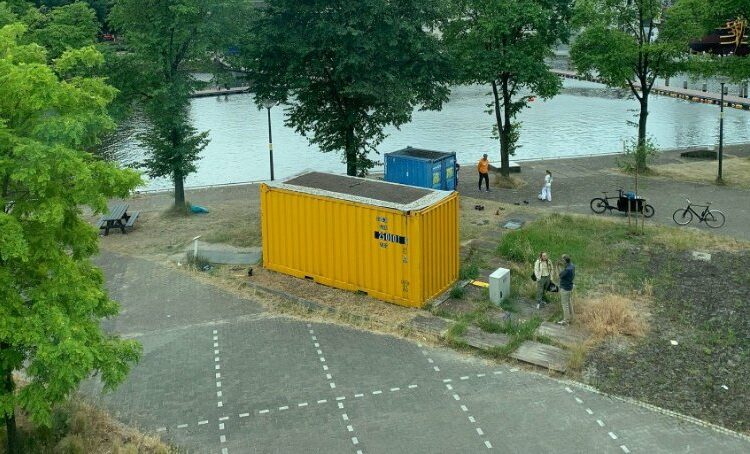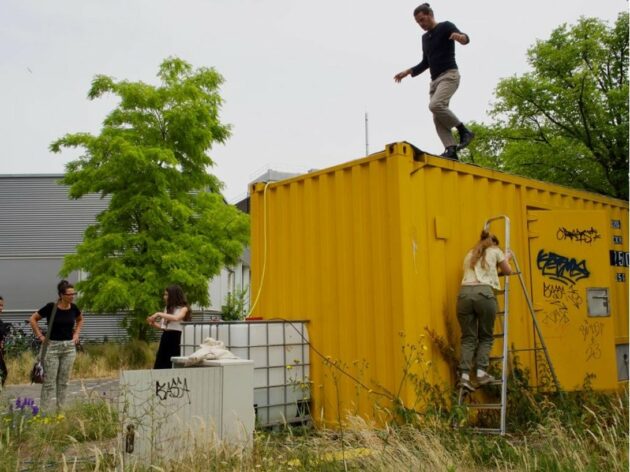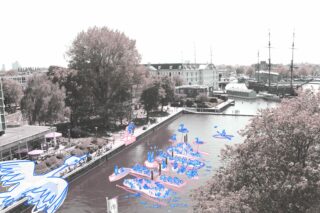Sustainable goals
The United Nations have formulated 17 Sustainable Development
Goals that will improve sustainability in the world. Together the SDGs will end poverty, inequality, injustice and climate change. GHS supports the following selection of SDGs in the ways stated below.
- SDG 6 – Clean water and sanitation, sustainable management of water
GHS will collect rainwater and use excess water for irrigation.
- SDG 11 – Sustainable cities and communities
Building green roofs and green spaces is good for biodiversity, sustainability and the living environment.
- SDG 12 – Responsible consumption and production
Circular technology conserves natural sources of water.
- SDG 13 – Climate action
The thermal insulation and water management systems provided by green roofs reduce greenhouse gas emissions.
Experimenting with green roofs and water management
As part of the project, a prototype of a green roof was constructed that includes more than 40 indigenous plant species. The plants can be seen from the street, but can still grow as nature intended.
The roof is constructed so that it provides better insulation for the building below, gives biodiversity a helping hand, retains rainwater, and drains excess water to be stored for reuse.
GHS on every rooftop
The scalability is probably one of the most innovative characteristics of GHS. Because the system is so multi-faceted, it can easily be built to order. It fits almost any building—a practical feature that makes GHS widely applicable.





